I
Leisa Morton-Standish, PhD
Director of Elementary Education
create
f God, the divine Artist gives to the simple flowers that perish in a day their delicate and varied colors, how much greater care will He have for those who are created in His own image?” (Steps to Christ, p. 91)
“The future belongs to a different kind of person with a different kind of mind: artists, inventors, storytellers—creative and holistic “right-brain” thinkers…” (Pink, 2006). The ever-changing face of the workplace is challenging the way we think about education. Active involvement in the arts develops soft skills such as problem-solving, critical thinking, innovation, viewing issues from different perspectives, collaboration and creativity.
One response to this need is to engage learners in an art curriculum that involves students drawing on their experiences, exploring feelings, observing and researching. Students learn the elements of art and principles of design as well as the cultural and aesthetic values. The new art microsite on finearts.adventisteducation.org engages students in both elements and principles of art while providing uniquely Adventist content and resources that can be read one day and used the next.
- Engaging Adventist Heritage Lessons
- Ideas to showcase student art in schools
- Careers in art and Adventist Artist profiles
- A student art gallery
- Art field trip ideas
- Virtual art galleries
- Specialty art theme ideas
- Picture books for lessons on principles of design, elements of art and artists
Through engagement in the arts, students can see the hand of God, the Master Artist. Students will have opportunities to express their talents and explore the talents of others creating strokes of color and dimension in a world steeped in gray.
Refence
Pink, D. (2006). A whole new mind: Why right-brainers will rule the future. New York: Penguin Group.
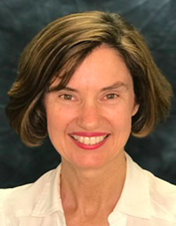
Art Resources Address Critical Need
“
FALL 2019
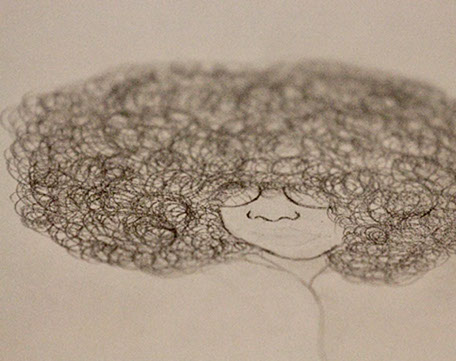
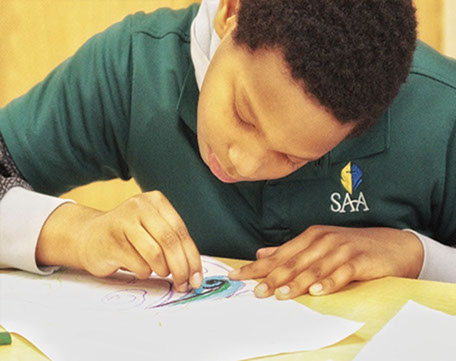
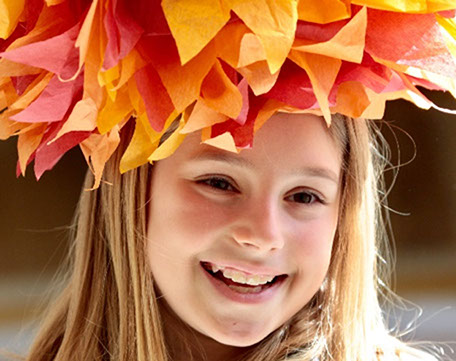
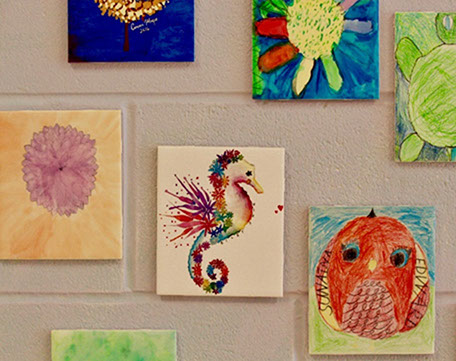
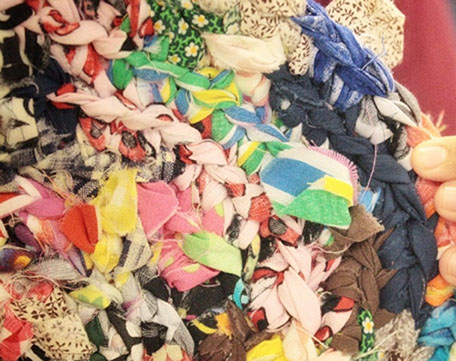

<
>